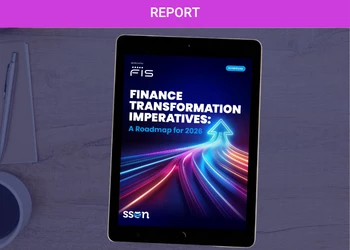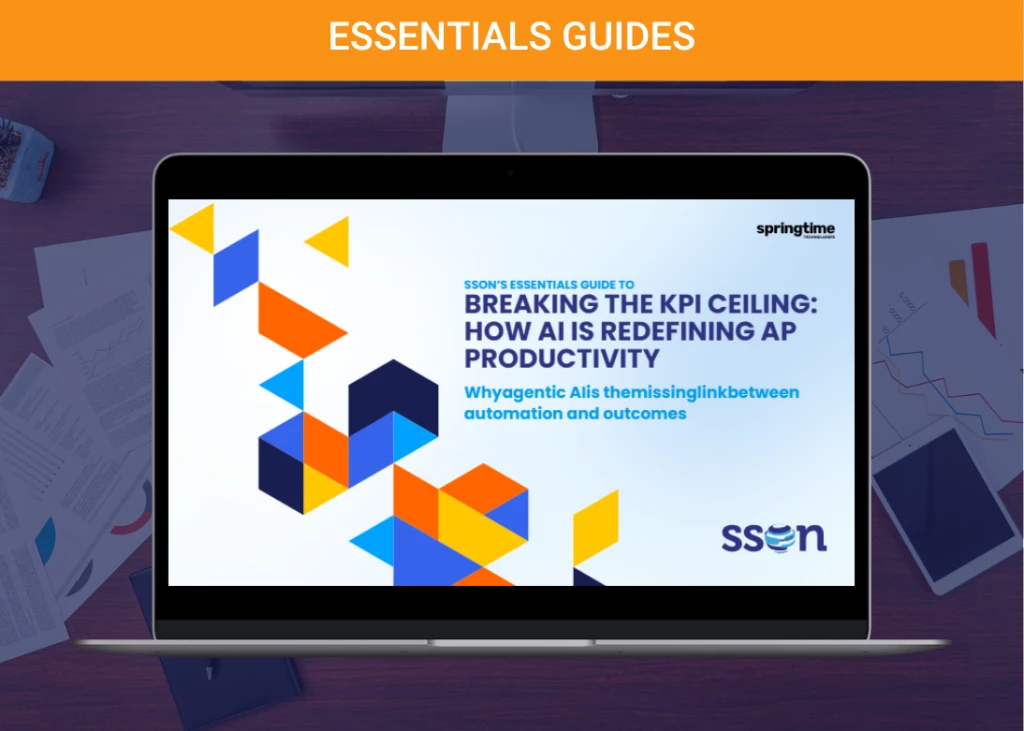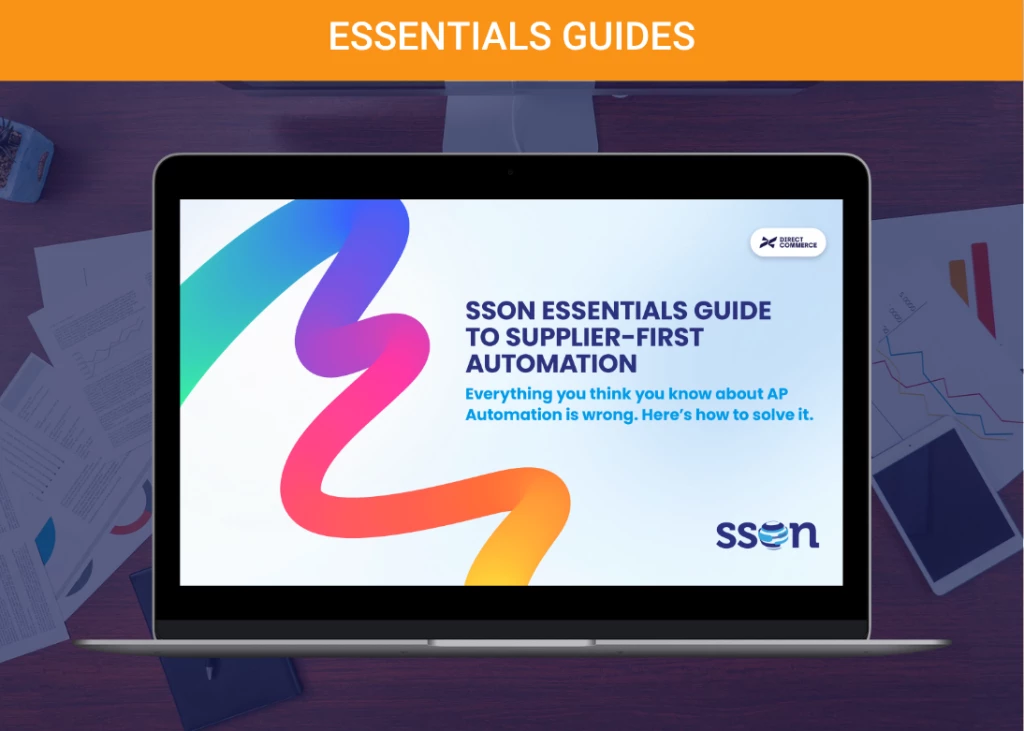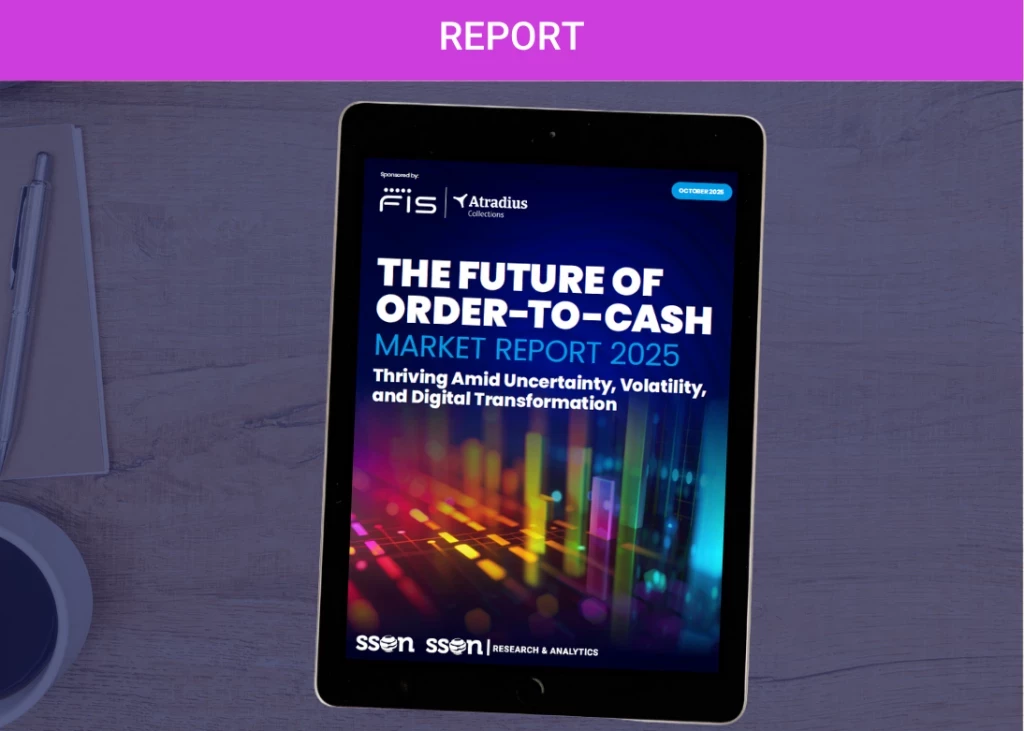
COVID has changed life in so many ways, personally and in business. One of the biggest impacts is that in person business interactions have been limited, if not stopped. Video communications now have become the typical way we interact in professional settings. Zoom has taken on new meaning as a verb.
(I won’t digress here, but there’s a whole separate discussion to be had about conversations that, before this March, could be done on a quick phone call and now require a 30-60 minute video conference ….)
What does this “new normal” mean for procurement? Relationships, both with internal stakeholders and suppliers, are a critical foundation for procurement. If you don’t have solid relationships, and ultimately trusted partnerships, you won’t be successful in procurement.
The switch to video conferencing as the new primary means of interaction requires procurement professionals at all levels to adjust their communication style in order to be successful.

There are some basic tips, which are common sense (we all say, “Of course, I knew that!”), but which surprisingly so many people don’t do when they get on a video conference. If a video call is replacing a personal interaction, you must treat the call as if it were an in-person meeting.
Here are some things (not an exhaustive list by any means) which you can do to more effectively build relationships through video communications.
- Treat the video call as if it were a physical meeting. You wouldn’t go into an in-person meeting unprepared, looking disheveled, and surrounded by distractions. A video call should be no different. Have an agenda; close the window if there’s someone using a weedeater outside.
- Give the person/people you are meeting with your undivided attention. Don’t stare out your window during the call! Nothing in your yard or garden should be more compelling than the conversation you’re on.
- Learn how to use the video technology before the call. We all know how frustrating (and embarrassing) it is to be in a physical meeting and the organizer can’t get the presentation to display or work the electronic window blinds. These types of short falls are magnified on a video call. Once you lose the attention of the video participants, and what’s outside their window has suddenly become much more interesting than the call, it’s very difficult to re-capture their engagement; certainly much more so than if it was a physical meeting. A little preparation goes a long way.
- We all know how critical body language and physical cues are to creating impressions and building relationships, especially for negotiations. These are harder to see on video calls, but they are still there. Just because you are seeing the conversation in two dimensions, doesn’t mean that the subtleties of nonverbal communications aren’t there. They are just more difficult to see. Pay attention not only to the speaker, but to other participants. And if you are the presenter, you need to be aware of the reactions of all the participants. You can tell if someone has lost interest, even if they are carefully holding their phone out of camera view to check their emails.
- Don’t forget “old fashioned” phone calls are still available. Traditional audio calls can be a very effective way to strengthen relationships. Oddly, there is a level of personal connection that you get on a phone call that is lost on video. It seems counter intuitive but think about it next time you are on a phone call; difficult topics and serious discussions are often “easier” without the distractions of video. Once you have established relationships, video calls aren’t necessarily the best vehicle in all situations, and certainly not the only way to communicate.
- Know when to close the call. When you’re in a physical meeting, it’s easier to see when it’s time to end the meeting. People start to close up their laptops, and gather their belongings to leave. If you’re meeting in a restaurant or bar, someone asks for the check. In a video conference, it’s more likely that people start to get distracted, checking phones, looking at something off screen; they become more distracted than engaged. Watch for these cues. A video call that drags on too long is much more irritating than an in-personal meeting; and that leads to poor impressions which undermine relationships.
Video conferencing is here to stay. According to a recent report from Transparency Marketing Research, “the video conferencing market is expected to show a compound annual growth rate of 8.4% between 2020 and 2027.”
Even when we emerge from COVID and things start to “get back to normal” (whatever that ends up looking like!), video meetings will absolutely be a significant part of how we work, and how business is done, and how we communicate and interact.
But as convenient as video conferencing is, it will not completely replace physical meetings (let’s face it, “Zoom Happy Hours” fall way short of the real thing!). Learning how to build and foster relationships in a largely video and remote environment is going to be a key communications skill required for procurement professionals as we move forward.































